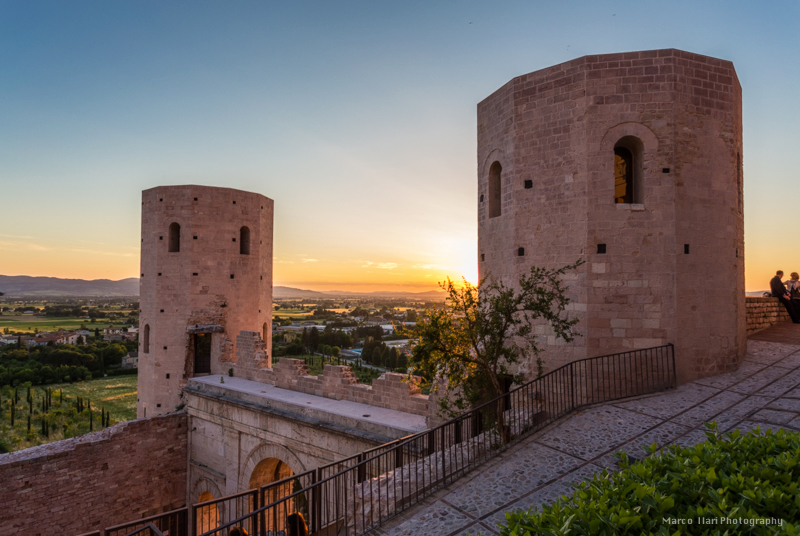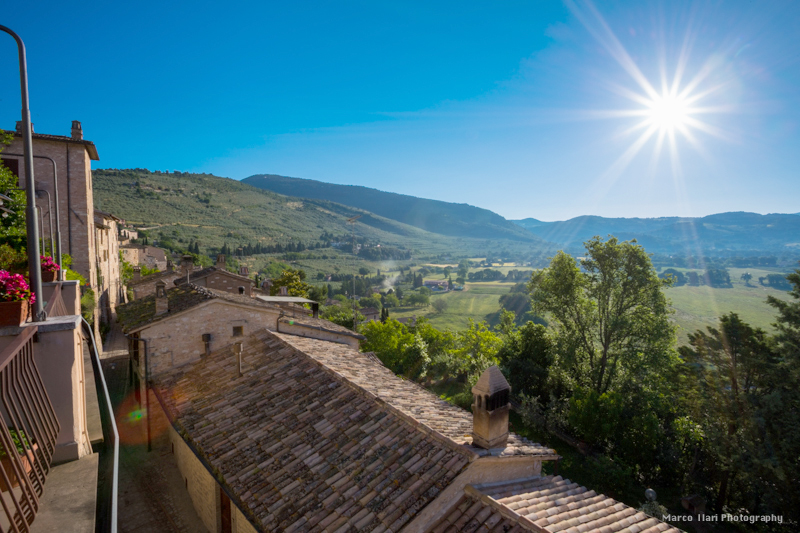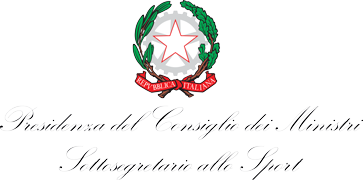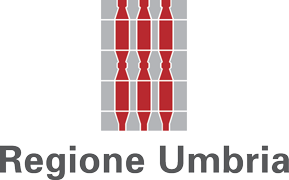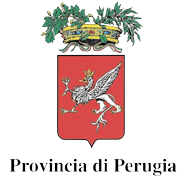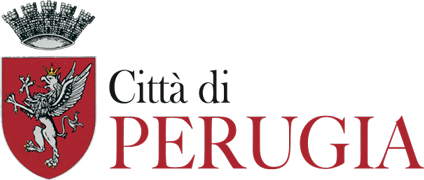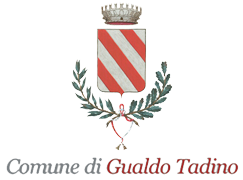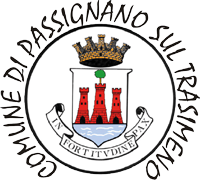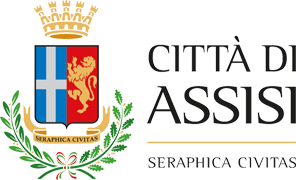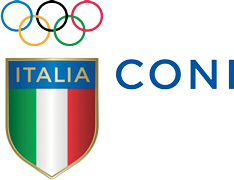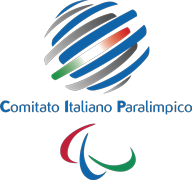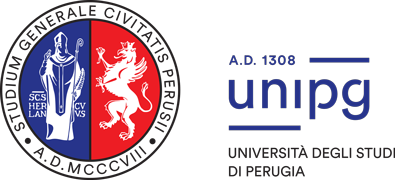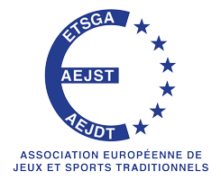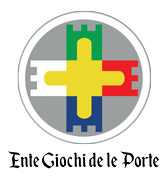Norcia - Cascia
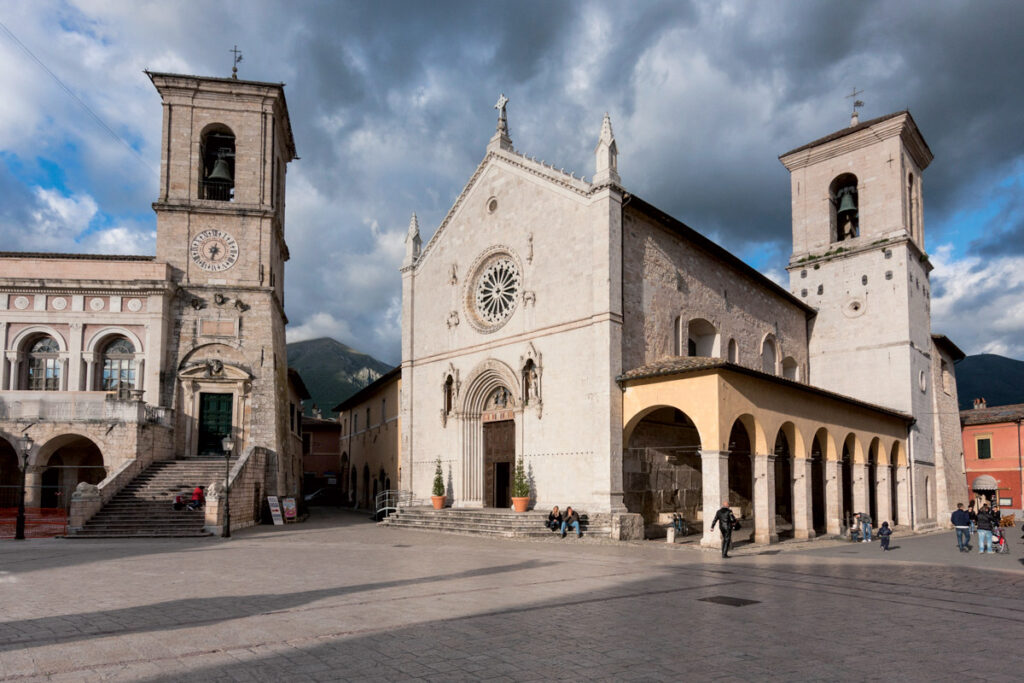
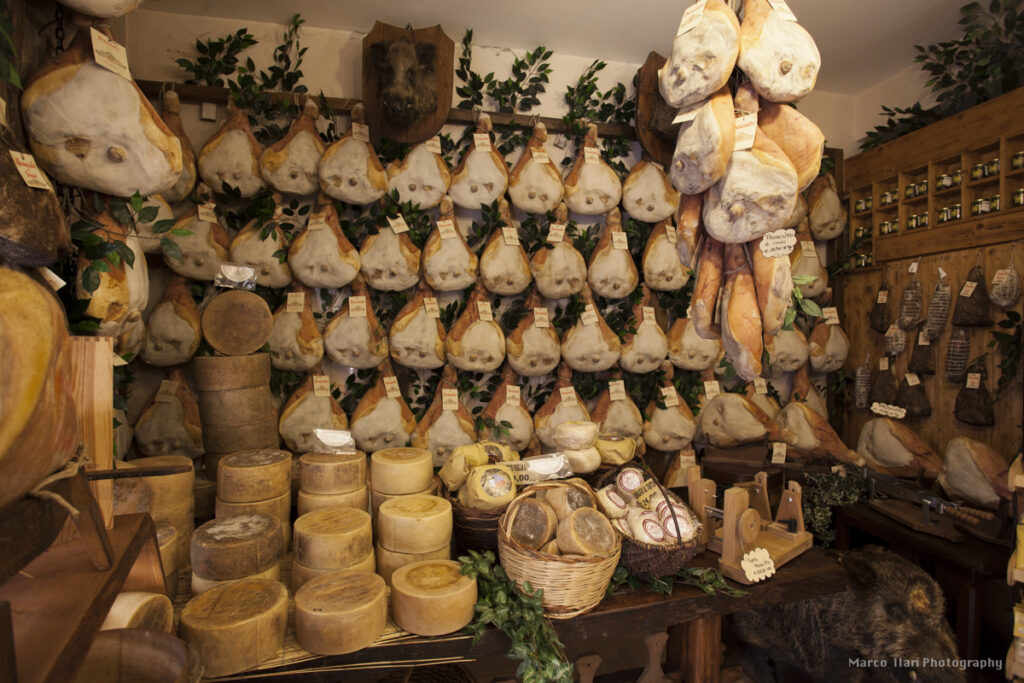
Norcia
Ancient city of the Sabines, Nursia was conquered by the Romans and became an important municipality. Free municipality in the eleventh century, in the fifteenth century it passed definitively to the Church, which granted it considerable autonomy. San Benedetto was born here around 480. Destroyed several times over the centuries by various earthquakes, it preserves a remarkable heritage of art and historical memories linked to the life of the founder of the Benedictine order.
Norcia boasts a large historical and artistic heritage. The most important and ancient historical buildings of the city overlook the main square: around the statue dedicated to San Benedetto there are “Castellina”, monumental fortress built in 1554, the Basilica of San Benedetto with a 14th century Gothic facade, the indoor cereal market called “portico delle Misure”.
Norcia is in the heart of the Sibillini National Park: the city is surrounded by mountains that reach over 2000 meters high. In the mountains, valuable harvests are produced (the lentils of the plain of Castelluccio are famous) and large quantities and varieties of animals are bred (pigs for the production of cured meats).
In the surroundings, the Piani di Castelluccio are worth a visit, characterized in spring by a splendid alpine flowering.
Cascia
Religious center, full of mysticism and spirituality linked to the devotion of Saint Rita, the village offers jewels of great artistic interest.
At the entrance to the village, a majestic statue of Santa Rita is depicted with her symbols: bees, roses and the thorn. The shape of the built-up area is that typical of an ancient hillside castle.
The political, economic and cultural centrality of Cascia has always been affirmed through a network of roads of ancient origins that converge here radially, connecting this city of Umbria with the Nera Valley, the Adriatic and the ancient possessions of the Kingdom of Naples and the Papal State.
The Sanctuary of Santa Rita da Cascia, the church of San Francesco, the church of Santa Maria della Visitazione, the church of Sant’Agostino, the small village of Roccaporena, where the saint was born, the hermitage of the Madonna della Stella deserve a visit.
In addition to the spiritual side, the visitor can appreciate local products that make Cascia a flag of culinary art, such as saffron, spelled, legumes, truffles, and roveja, a slow food presidium, as well as a refined processing of meats and cured meat.
Thanks to its still intact landscape and luxuriant nature, the visitor can immerse himself in the green thanks to itineraries designed for any need, from simple walks to real trekking routes.
Assisi - Spello
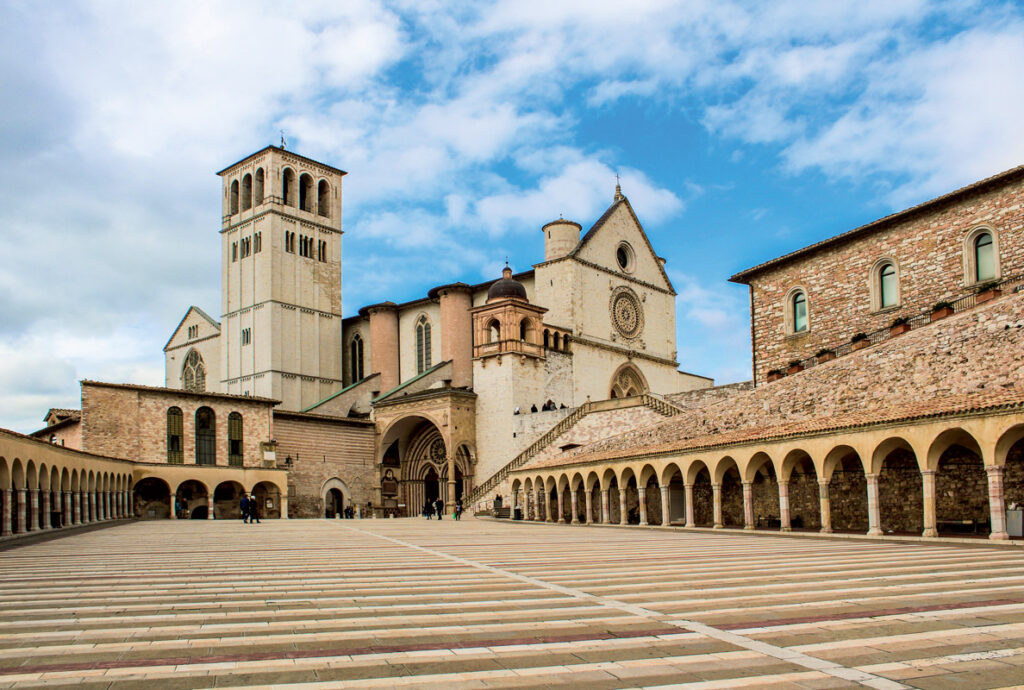
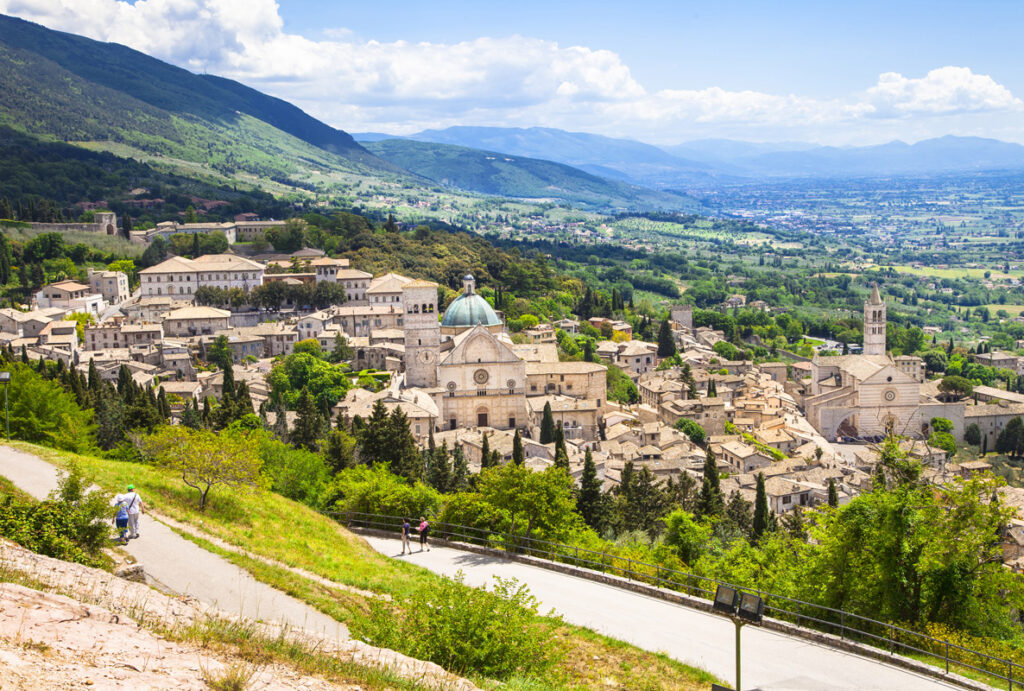
Assisi
Over the centuries, the town of Assisi has maintained the aspect of its legendary origins. It enjoys a splendid natural position, in fact it is located on the north-western side of Mount Subasio, about 26 km southeast of Perugia.
It is known for being the city where St. Francesco, patron saint of Italy, and St. Chiara lived and died.
The village harmonizes on a hill from which it dominates the majestic convent built in the 13th century on a design by the disciple of St. Francesco, friar Elia. The Gothic-style upper church features the famous panels decorated by Giotto and other painters of the time with subjects from the life of St. Francesco. The lower basilica of Romanesque origin with the addition of Gothic elements was built to contain the crypt of San Francesco. In the reliefs on the portal of the lower temple, scenes from the life of St. Chiara and St. Francesco are represented.
Assisi is a tourist area and has a rich calendar of events throughout the year. It starts at Christmas, with the medieval living nativity scene; in January in Santa Maria degli Angeli the festivities of Sant’Antonio Abate are celebrated, with the Befana in the square; then it’s time for carnival, with parades of allegorical floats for adults and children. From 30 September to 5 October the celebration of St. Francesco is honored with a rich cultural and religious program. In the summer in Assisi it is time for a festival of sacred and modern music, with concerts in the square and indoors. At the end of August in Santa Maria degli Angeli there is the Food Truck food and wine festival.
Spello
Beautiful and colorful village, known above all for its alleys covered with fragrant flowers, Spello is the right place to visit all year round. Known for the magnificent “Infiorate”, created every year on the occasion of Corpus Domini, its typically medieval structure, with curvy alleys and ancient stone houses, also fascinates tourists.
The village of Spello is located at the foot of Mount Subasio. It was founded by the Umbrians, and then passed under the control of the Romans. There are numerous Roman remains incorporated into the structure of the village, including the walls and the ancient access gates (such as the Towers of Properzio).
The “Infiorate” of Spello takes place every year to coincide with the celebration of Corpus Domini. It is a traditional event which consists in preparing carpets made with flowers or parts of them representing liturgical figurations and ornamental motifs.
Among the most traditional economic activities there are artisanal ones, such as the processing of linen, aimed at the creation of canvases characterized by figures and themes taken from tradition.
